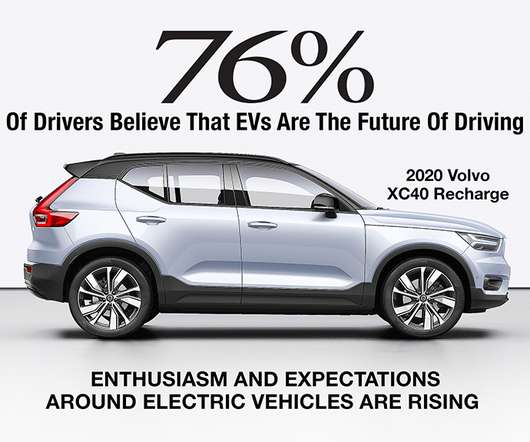NREL study finds 2nd-generation diesel hybrid delivery vans show significant gains in fuel economy over conventional vans
Green Car Congress
SEPTEMBER 29, 2012
Laboratory and in-use fuel economy results Source: NREL. The NREL team collected and analyzed in-service fuel economy, maintenance, and other vehicle performance data on 11 hybrid (P100H) and 11 conventional diesel (P100D) step vans operated by the United Parcel Service (UPS) in Minneapolis. Click to enlarge.














Let's personalize your content